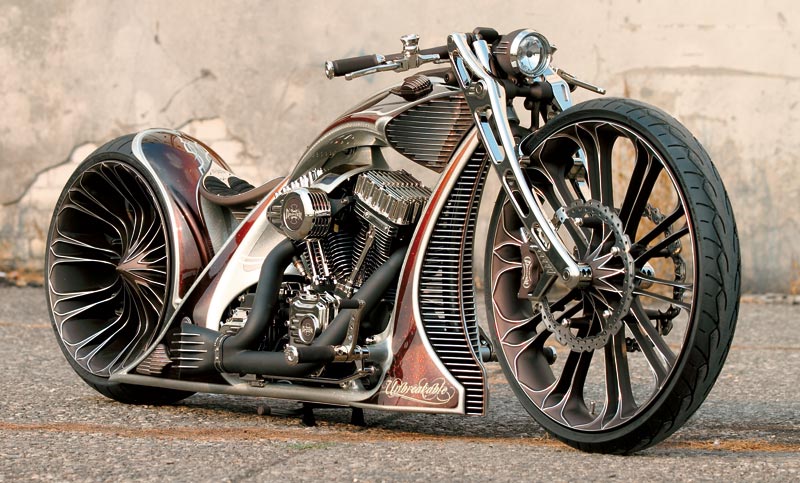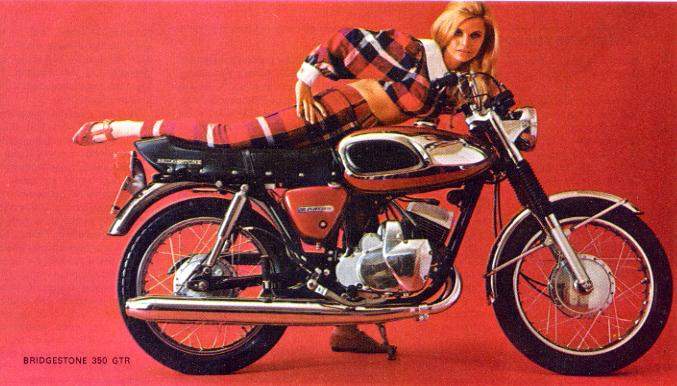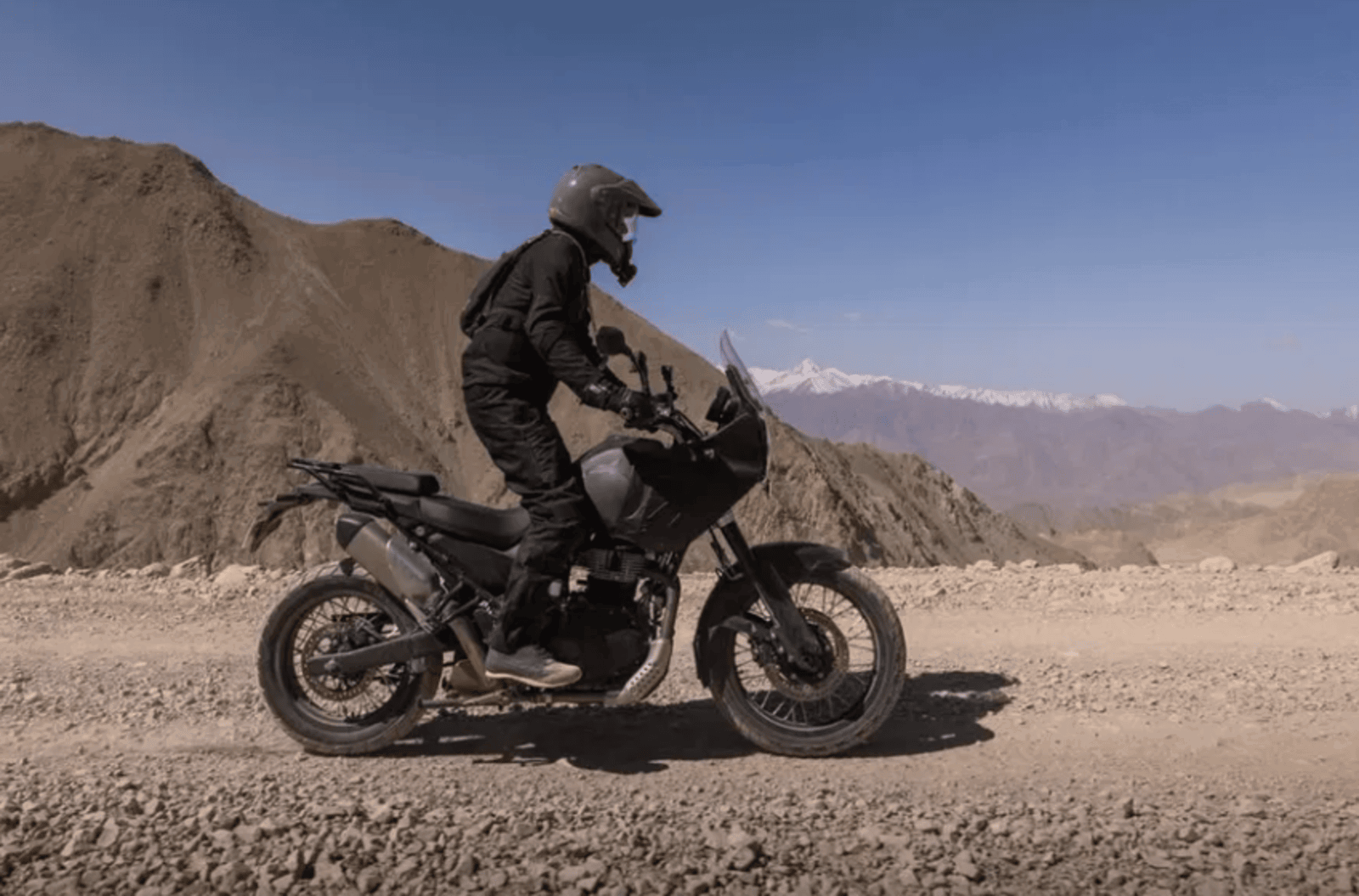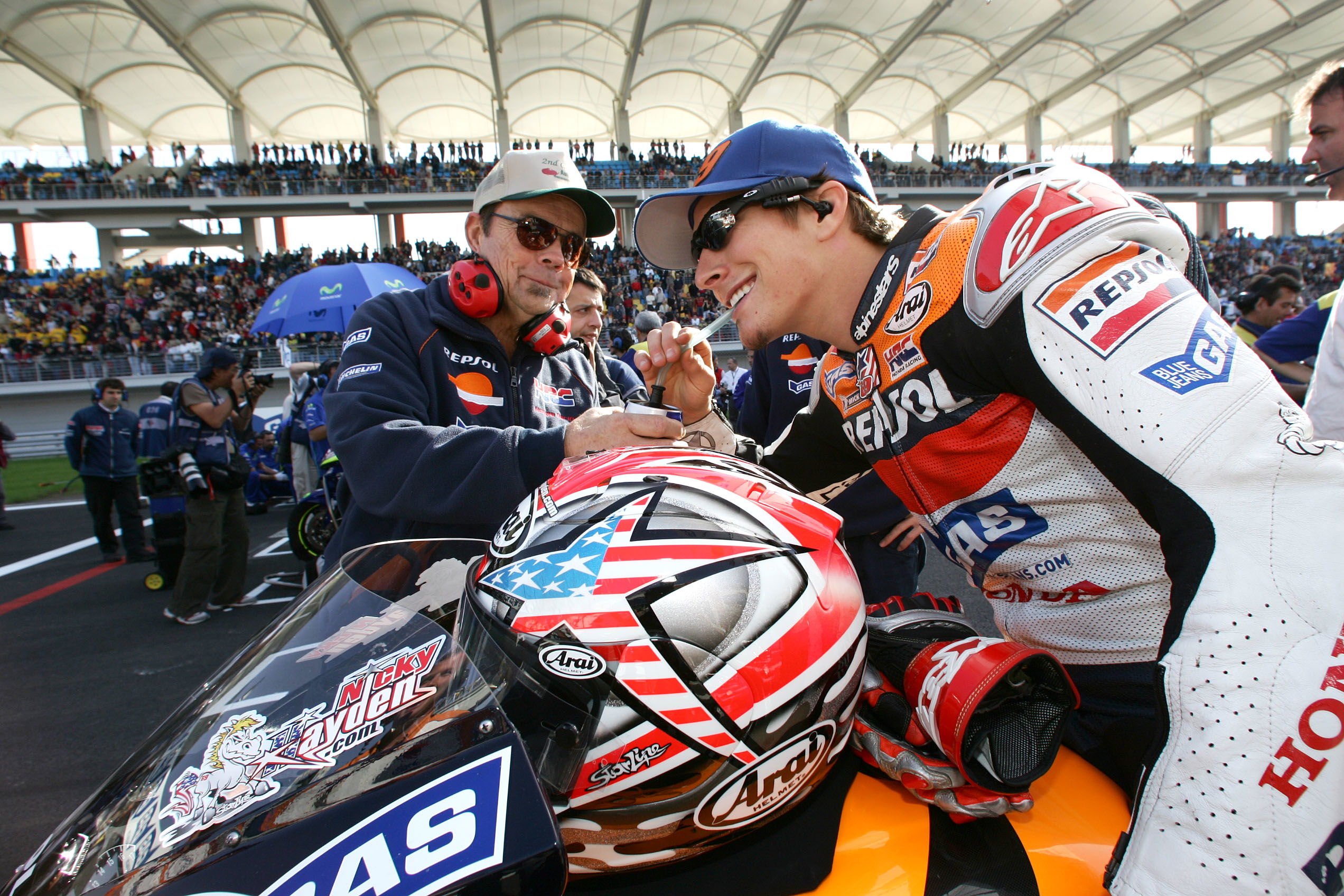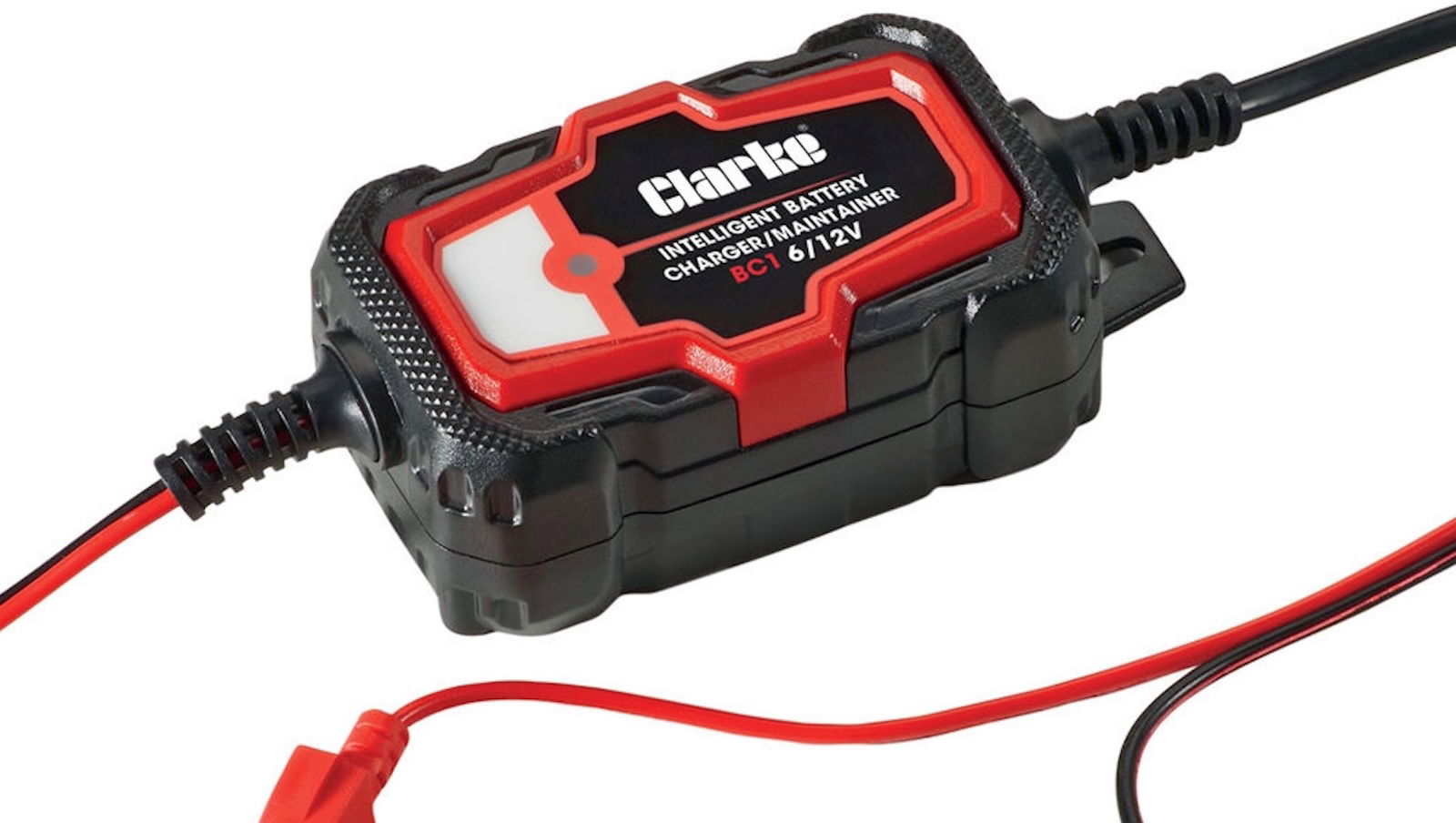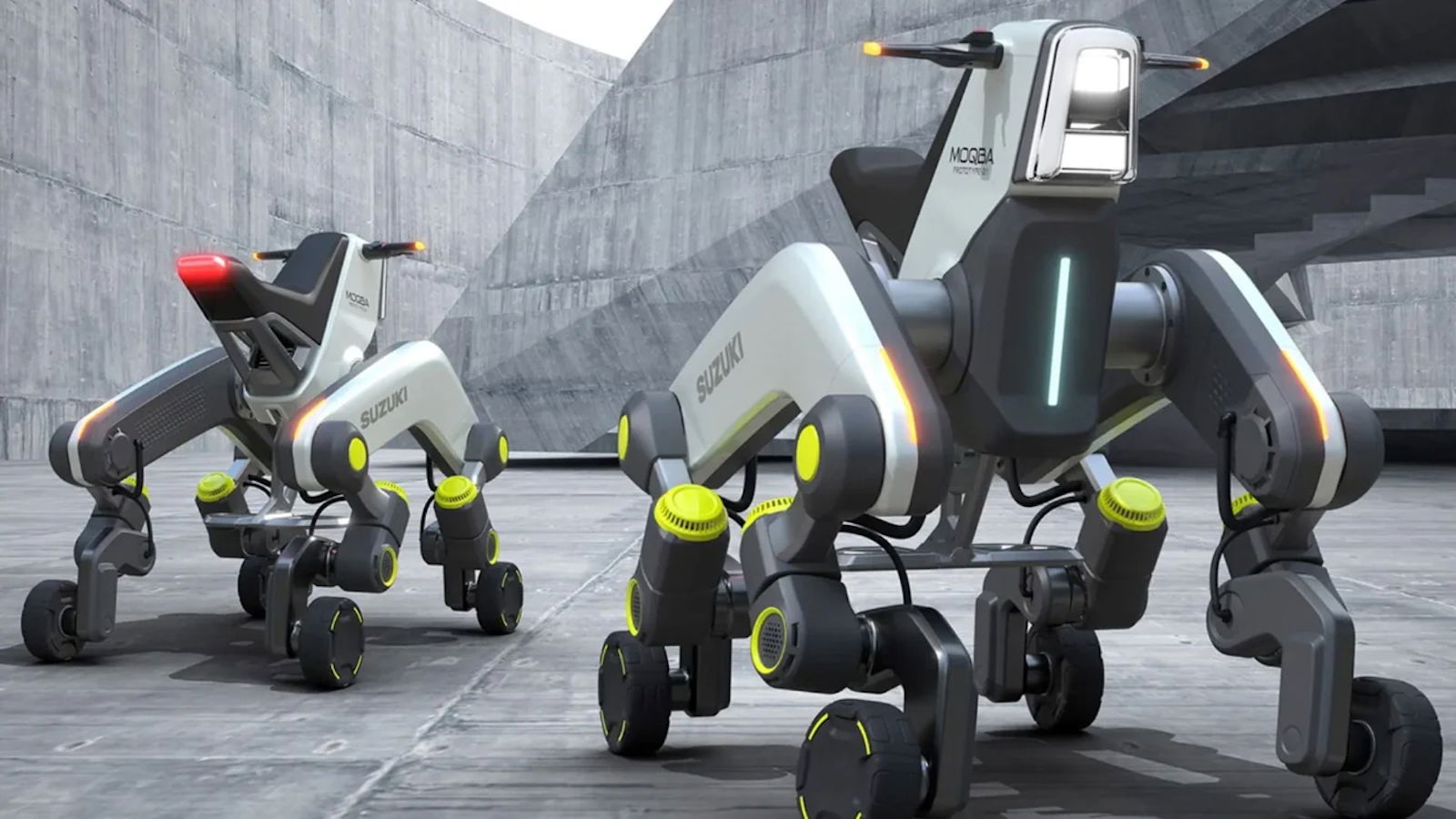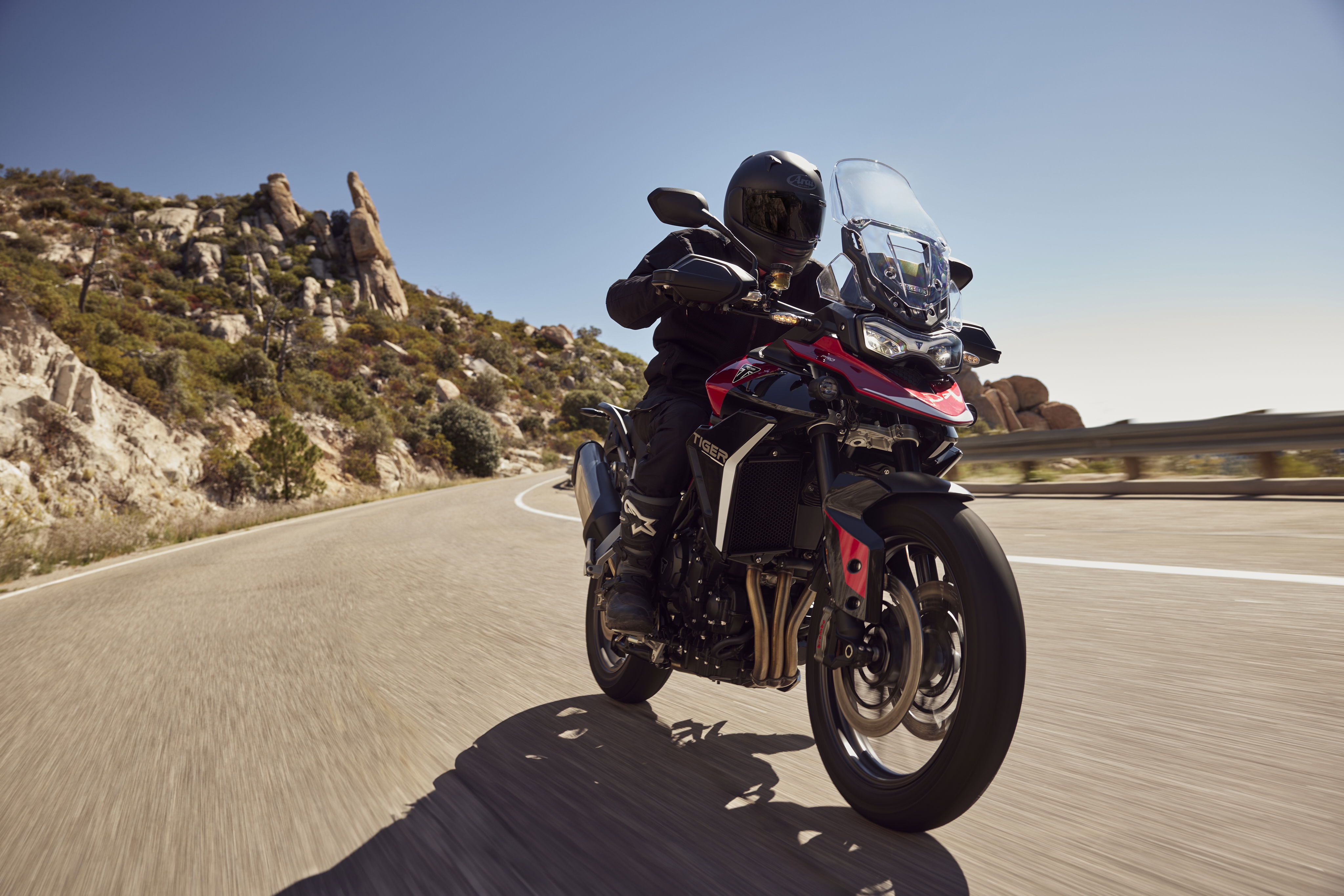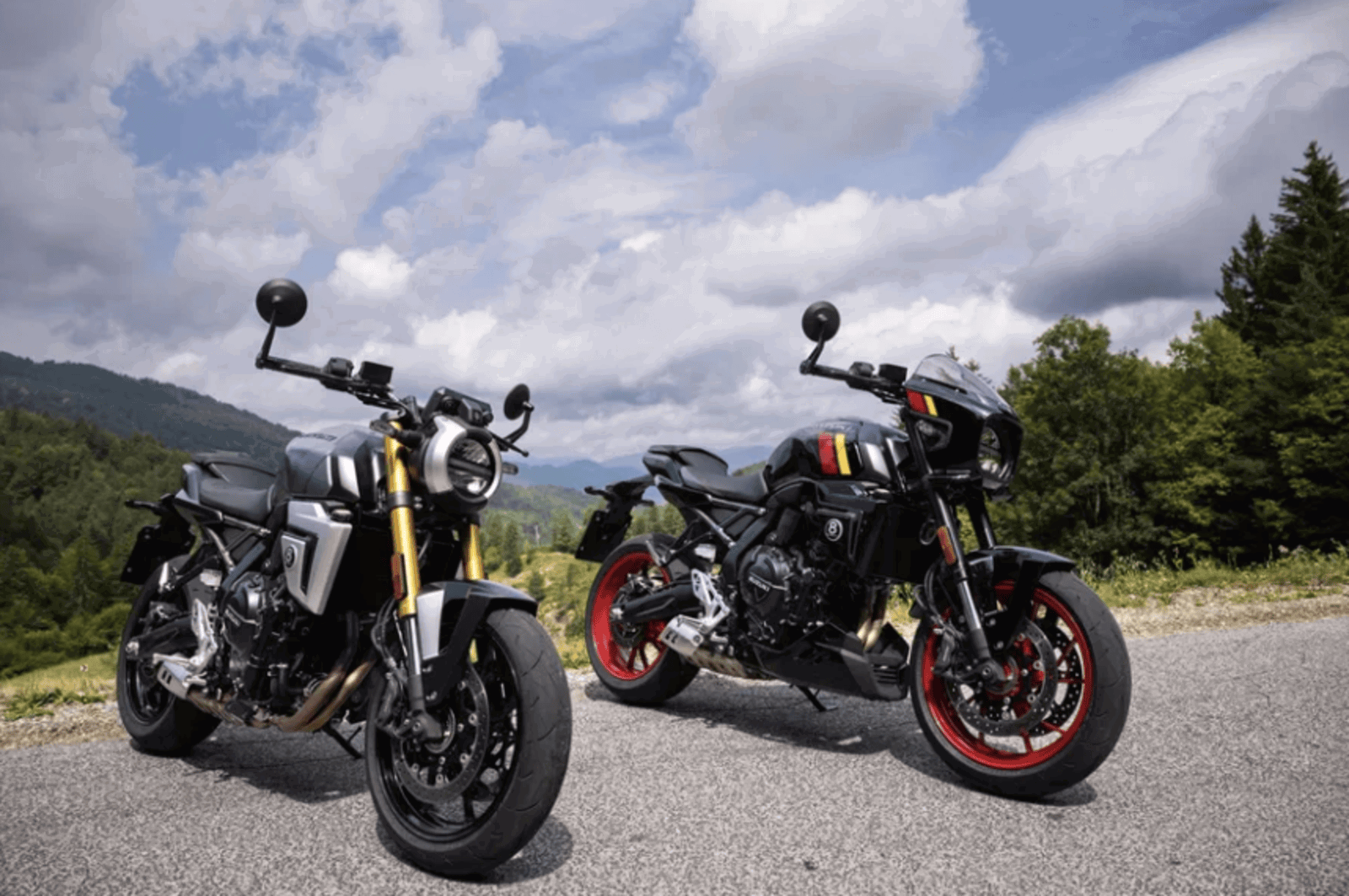Top 10 forced induction production bikes
Kawasaki's Ninja H2 has brought boost to the forefront, but behind it lies a string of memorable force-fed oddballs

IF you drive a car these days there’s a pretty strong chance you’ve already got plenty of experience with forced induction. But you may not have ridden a motorcycle with a turbo or supercharger boosting its power.
Unless you’re one of the few to get your hands on a Kawasaki Ninja H2 this year, it’s a situation that’s unlikely to change in the immediate future. But there are rumblings – not least in the form of the hopefully-coming-to-production Suzuki Recursion – that more affordable bikes could soon get forced induction as well.
So what better time to look back at the smattering of short-lived turbocharged and supercharged machines that have made it to production in the past. This ‘top 10’ verges on being an ‘only 10’ given a paucity of candidates, so we’ll be fascinated to hear if there are any others that you think we’ve forgotten to include.
Leaving aside one-off custom machines and race-only bikes, here’s the rundown of 10 road legal, showroom-ready forced induction models to have reached some form of production.
��
10: Icon Sheene
With only 52 ever due to be made, the Icon Sheen just about qualifies as a production bike, even if it’s largely based on the sort of bits that a garden shed custom builder might put on his Christmas list. A big Suzuki engine combined with a whopping turbo has long been a cornerstone of bikes made for record-breakers and stunt riders, so the Icon’s 1400cc motor is just the ticket, as is its instantly-recognisable Spondon frame. The stock 257bhp is the result of a modest level of boost and could easily be upped to a far more insane figure. The styling remains an acquired taste though, and the £100,000-plus price is just as mad as the engine…
9: Vyrus 987 C3 4V Supercharged
It was only in 2009 that the supercharged, Ducati 1198-powered Vyrus was shown with a claimed 211bhp, and at that stage it was the world’s most powerful ‘production’ bike (although figures as to how many were actually made remain unknown). Now similar numbers are being reached by the latest batch of normally-aspirated superbikes, and even the ZZR1400. Even so, the Vyrus is a pretty impressive beast, with its Bimota Tesi derived chassis and that supercharged motor. It was short-lived, though – these days Vyrus still makes the 987, but it can’t be had in supercharged form anymore.
8: Yamaha XJ650 Turbo
Yamaha was in on the turbo scene fairly early, in 1982. And out of it again by the end of 1983 when the XJ650 Turbo was dropped. It couldn’t really be called a success, but the turbo wasn’t really the problem. It boosted the air-cooled motor to 90bhp, which was exceptional for a 650cc bike at the time, but the XJ650 chassis wasn’t great, making it more of a tourer than a sports bike.
7: Peugeot Jetforce Compressor
Fast forward a couple of decades from the 1980s turbo era and nobody had forced induction on their minds when Peugeot revealed the Jetforce Compressor scooter in 2003. The thinking was clever; learners were limited by capacity (125cc) and power (15bhp) but there was no legislation to say you couldn’t use forced induction. The result was 250cc levels of torque and acceleration in a bike that you could legally ride on an ‘L’ plate. Sadly it lacked practicality, with the supercharger occupying much of the luggage space. The firm also offered the bigger Satelis with the same engine.
6: Suzuki XN85
The XN85 isn’t the best known of the '80s turbos, but it’s a neat-looking machine with Katana-ish styling and a tidy turbo installation. The capacity was just 673cc, and the ‘85’ in the name came from its claimed power output in bhp. It’s reputed to handle pretty well.
5: Honda CX650 Turbo
Now we’re talking. A proper, full-scale production bike and arguably the most well-developed of all the 1980s turbo machines from Japanese manufacturers. The one-year, 1983-only, 673cc CX650 Turbos had solved most of the lag problems that plagued the earlier CX500 Turbo, but to fix its problems Honda turned down the boost and upped the capacity and compression ratio, so its less turbo than the older version. And if you’re going to have a turbo, you probably want to know about it…
4: Honda CX500 Turbo
It might only have 82bhp compared to the 673cc version’s 100bhp, but the CX500 used more boost, had more lag and was how the turbocharged CX was originally intended to be. Interestingly, the Guzzi-style V-twin was designed to be turbocharged from day one, even though the boosted versions lasted only a couple of years in production while the normally aspirated version (suitably nicknamed the Maggot) was around from 1978 to 1983. By every rational measure, the later 650 Turbo is a better bike. But the CX500 Turbo, lag and all, is the bike as it was originally conceived. Made only in 1982.
3: Kawasaki GPz750 Turbo
As you’ll see, Kawasaki has something of an edge when it comes to boosted bikes, and of all the 1980s turbo machines the GPz750 Turbo is surely the best. Appearing in 1984, just as most of its rivals were giving up on turbos, it was a proper sport sbike, with 112bhp and serious performance. It also had serious turbo lag, particularly once owners had tweaked them for more boost pressure and extra power. While lots of them ended up in the scenery, there are still quite a few about today and prices aren’t too insane
2: Kawasaki Z1R-TC
While you might not have trouble getting hold of a GPz750 Turbo, you’ll struggle to lay your hands on its predecessor, the Z1R-TC. Sold through American Kawasaki dealers in 1978, it was actually a factory-approved special made in 1978 by bolting an aftermarket ‘Turbo-Pak’ kit to a stock Z1R, with no other changes. Power was up by 40bhp to 130bhp, which was way more than it could really handle, and riders who had never heard the term ‘turbo lag’ quickly discovered what it meant. There was no warranty, either – buyers had to sign a document saying they understood that there wouldn’t be back up if (or when) it all went wrong. By objective modern standards, the Z1R-TC is no doubt a horrible thing to ride, but it’s still somehow drool-worthy and desirable.
1: Kawasaki Ninja H2
Given the 30 year gap between the GPz750 Turbo and the Ninja H2, it’s going to be next to impossible to suggest that the new supercharged Kawasaki is anything other than a massive advance on its ancient forebear. It might be pricy, with limited availability, but it’s still the bike we’re gagging to ride more than pretty much any other in 2015 and, even though some have been disappointed by the extra weight and the relatively sensible 207bhp (with ram air, 197bhp without it) peak power claims. We’re guessing the power delivery and torque will more than make up for any perceived lack, though – it’s certain to be a beast, even though the use of a supercharger instead of an exhaust-driven turbo means it shouldn’t suffer the sort of lag problems that turbocharged machines put up with. The big question now is this: has Kawasaki really engineered that emissions-friendly supercharged motor, road legal all around the world, simply to offer it in tiny numbers to a handful of rich buyers? Maybe it has. Or maybe there’s a toned-down, full-production version waiting in the wings to bring the supercharged experience to the masses.
Want more?
Top 10: A2-restrictable motorcycles
Top 10: 2015 A2 licence friendly bikes
